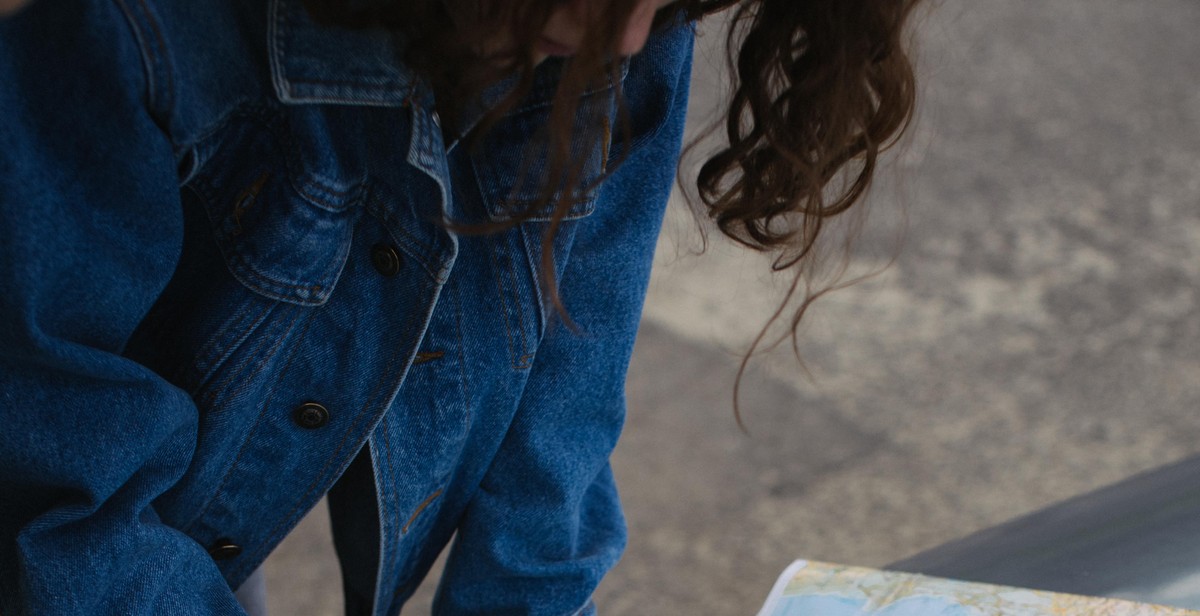How to Set Up a Chinchilla Cage: Bedding, Toys, and Hideouts
Chinchillas are cute and fluffy pets that require a proper living environment to thrive. One of the most important aspects of chinchilla care is setting up a suitable cage. A well-designed chinchilla cage should provide ample space for your pet to play, exercise, and rest comfortably. In addition, it should have various hiding places, toys, and bedding materials to keep your chinchilla entertained and healthy.
Setting up a chinchilla cage may seem daunting, especially if you’re a first-time owner. However, with the right information and tools, it can be a straightforward process. In this article, we’ll guide you through the steps of setting up a chinchilla cage. We’ll cover the essential elements of a chinchilla cage, including bedding, toys, and hideouts. We’ll also provide tips on how to keep the cage clean and maintain a healthy environment for your chinchilla.
Why is a Proper Chinchilla Cage Important?
Chinchillas are active animals that require plenty of space to move around. In the wild, they live in rocky crevices and burrows, which provide ample hiding places and opportunities for exercise. In captivity, a chinchilla cage should mimic this natural environment as much as possible. A cramped or poorly designed cage can lead to health issues such as obesity, respiratory problems, and stress.
Moreover, chinchillas are sensitive to their environment and can be easily stressed by changes or disruptions. A well-designed chinchilla cage with suitable bedding, toys, and hiding places can help your pet feel secure and happy.
Choosing the Right Cage
When it comes to chinchilla cages, there are a few important factors to consider. Here are some tips to help you choose the right cage for your furry friend:
Size and Space
One of the most important factors to consider when choosing a chinchilla cage is the size and space. Chinchillas are active animals and need plenty of room to move around and play. A cage that is too small can lead to health problems and behavioral issues. A good rule of thumb is to choose a cage that is at least 2 feet by 2 feet by 3 feet tall. This will give your chinchilla plenty of room to climb, jump, and play.
Materials
Another important factor to consider is the materials used to make the cage. Chinchillas love to chew, so it’s important to choose a cage made from materials that are safe for them to chew on. Avoid cages made from wood or plastic, as these materials can be harmful if ingested. Instead, choose a cage made from metal wire or mesh. Make sure the wire spacing is no more than 1 inch apart to prevent your chinchilla from escaping.
Accessibility
Finally, consider the accessibility of the cage. Your chinchilla will need food and water dishes, as well as toys and hideouts. Make sure the cage has plenty of doors and openings to make it easy for you to access these items and to clean the cage. Look for cages with removable trays for easy cleaning, and doors that latch securely to prevent your chinchilla from escaping.
| Factor | Considerations |
|---|---|
| Size and Space | Choose a cage that is at least 2 feet by 2 feet by 3 feet tall |
| Materials | Avoid wood or plastic cages; choose a metal wire or mesh cage with spacing no more than 1 inch apart |
| Accessibility | Look for cages with plenty of doors and openings for easy access to food, water, toys, and hideouts; choose a cage with removable trays and secure latches |

Bedding Options
Choosing the right bedding for your chinchilla’s cage is crucial for their overall health and wellbeing. There are several options available, each with its own benefits and drawbacks.
Paper-Based Bedding
Paper-based bedding is a popular choice among chinchilla owners because it is highly absorbent and dust-free. It is also cost-effective and easy to clean. This type of bedding is made from recycled paper and is available in both pellet and shredded form. Pellet paper bedding is less messy and easier to spot-clean, while shredded paper bedding provides more cushioning and is more comfortable for your chinchilla to walk and play on.
Wood Shavings
Wood shavings are another common bedding option for chinchillas. They are absorbent and provide good insulation, keeping your chinchilla warm and comfortable. However, they can be dusty and may cause respiratory problems if not properly ventilated. It is important to choose a type of wood that is safe for chinchillas, such as aspen or kiln-dried pine, and to avoid cedar and other aromatic woods that can be harmful to your pet.
Fleece Liners
Fleece liners are a more luxurious option for chinchilla bedding. They are soft and comfortable, and can be easily washed and reused. Fleece liners are also dust-free and hypoallergenic, making them a good choice for chinchillas with respiratory problems. However, they are not as absorbent as paper-based or wood shavings bedding, so they may need to be changed more frequently.
| Bedding Type | Pros | Cons |
|---|---|---|
| Paper-Based Bedding | Highly absorbent, dust-free, cost-effective, easy to clean | May be less comfortable than other options, may need to be changed more frequently |
| Wood Shavings | Absorbent, provide good insulation, safe if properly ventilated | Can be dusty, may cause respiratory problems if not properly ventilated |
| Fleece Liners | Soft and comfortable, dust-free, hypoallergenic, easily washed and reused | Less absorbent than other options, may need to be changed more frequently |
Toys and Accessories
Chinchillas are active and playful pets that require mental and physical stimulation to stay healthy and happy. Providing them with a variety of toys and accessories is crucial to their well-being. Here are some essential toys and accessories to consider when setting up your chinchilla’s cage:
Chew Toys
Chinchillas have constantly growing teeth that require regular wear down. Chew toys are an excellent way to keep their teeth healthy and prevent overgrowth. Wooden toys made of apple, pear, or willow are excellent options for chinchillas. Avoid plastic or metal toys as they can be harmful to your pet’s teeth and health.
Exercise Wheels
Exercise wheels are another essential accessory for chinchillas. They provide a way to burn off excess energy and maintain good physical health. Choose a solid-surface wheel made of metal or wood, as mesh or wire wheels can cause injury to your pet’s feet.
Hammocks and Platforms
Hammocks and platforms provide a comfortable resting place for your chinchilla. They also provide a way for your pet to climb and explore their environment. Choose platforms made of solid wood or plastic, and ensure they are securely attached to the cage walls. Hammocks should be made of soft, non-toxic materials and hung low to the ground to prevent injury.
Providing your chinchilla with a variety of toys and accessories is essential to their health and happiness. Be sure to monitor your pet’s toys regularly for signs of wear and replace them as needed.

Hideouts and Resting Areas
Chinchillas are active animals that need plenty of space to play, climb, and rest. Providing them with hiding spots and resting areas is essential for their mental and physical well-being. Here are some of the most popular types of hideouts and resting areas for chinchilla cages:
Houses and Huts
Houses and huts are great options for chinchillas to hide and sleep in. They provide a sense of security and privacy that chinchillas need to feel comfortable. Wooden houses and ceramic huts are popular choices, but make sure they are big enough for your chinchilla to move around in and have proper ventilation.
Tunnels and Tubes
Tunnels and tubes are perfect for chinchillas to play and explore. They provide a fun way for your chinchilla to exercise and relieve stress. You can find tunnels and tubes made of various materials, including plastic, cardboard, and wood. Make sure they are safe and sturdy for your chinchilla to climb through.
Nesting Materials
Chinchillas love to burrow and create nests. Providing them with nesting materials such as hay, straw, and shredded paper will keep them comfortable and happy. Make sure the nesting materials are clean and free of dust to prevent respiratory issues.
| Hideouts and Resting Areas | Features |
|---|---|
| Houses and Huts | Provide privacy and security |
| Tunnels and Tubes | Provide exercise and stress relief |
| Nesting Materials | Provide comfort and encourage burrowing |
Overall, providing your chinchilla with a variety of hideouts and resting areas will keep them happy and healthy. Make sure to clean and replace them regularly to prevent bacteria buildup and keep your chinchilla’s cage fresh and odor-free.

Maintenance and Cleaning
Proper maintenance and cleaning of your chinchilla’s cage are essential for its health and well-being. There are two types of cleaning you need to perform regularly: spot cleaning and full cleaning.
Spot Cleaning
Spot cleaning should be done every day to maintain a clean and healthy environment for your chinchilla. This involves removing any soiled bedding, uneaten food, and any other debris from the cage. You should also check the water bottle and food dish to ensure they are clean and filled with fresh water and food.
It’s essential to remove any wet spots or damp areas in the cage immediately. Chinchillas are sensitive to moisture, and damp areas can lead to fungal or bacterial infections.
Full Cleaning
A full cleaning should be done every one to two weeks, depending on the size of the cage and the number of chinchillas you have. This involves removing your chinchilla from the cage and emptying it completely.
Remove all the bedding, toys, and hideouts and clean them thoroughly with warm water and mild soap. Rinse them thoroughly and dry them completely before putting them back in the cage.
Use a pet-safe disinfectant to clean the cage thoroughly. Rinse the cage thoroughly with water and dry it completely before adding fresh bedding, toys, and hideouts.
It’s essential to avoid using any harsh chemicals or cleaning agents that can harm your chinchilla’s health.
| Spot Cleaning | Full Cleaning |
|---|---|
| Remove any soiled bedding, uneaten food, and debris daily | Empty the cage completely every 1-2 weeks |
| Check water bottle and food dish daily | Clean all bedding, toys, and hideouts with mild soap and warm water |
| Remove any wet spots or damp areas immediately | Clean the cage with pet-safe disinfectant |
Conclusion
Setting up a chinchilla cage requires careful consideration of the bedding, toys, and hideouts. The right combination of these elements can ensure the health and happiness of your pet chinchilla. Remember to choose non-toxic bedding materials such as aspen shavings or paper-based products and avoid cedar and pine shavings.
Provide a variety of toys to keep your chinchilla entertained and encourage exercise. These can include chew toys, climbing toys, and even hammocks or tunnels. Don’t forget to regularly rotate the toys to keep your chinchilla engaged and interested.
Hideouts are essential for chinchillas as they provide a sense of security and a place to rest. Choose hideouts that are appropriately sized for your chinchilla and made from safe materials such as wood or ceramic.
Regular cleaning of the cage is crucial to maintain a healthy environment for your chinchilla. Spot clean daily and do a deep clean at least once a week. This will prevent the buildup of bacteria and odors that can harm your chinchilla’s health.
By following these guidelines for setting up a chinchilla cage, you can ensure that your furry friend has a safe and comfortable home. Remember to always prioritize the well-being of your chinchilla and consult with a veterinarian if you have any concerns about their health.
